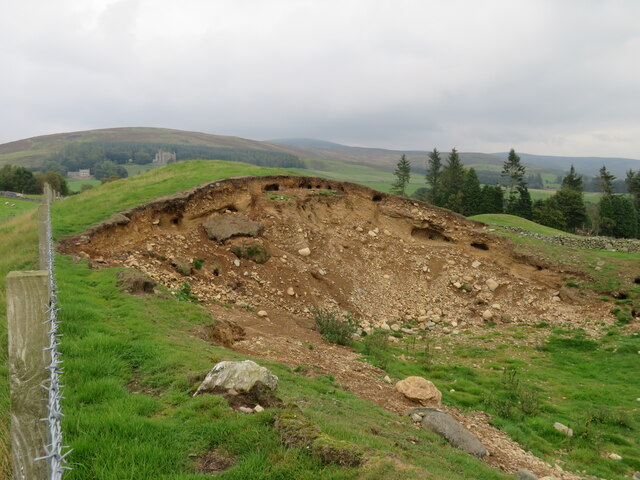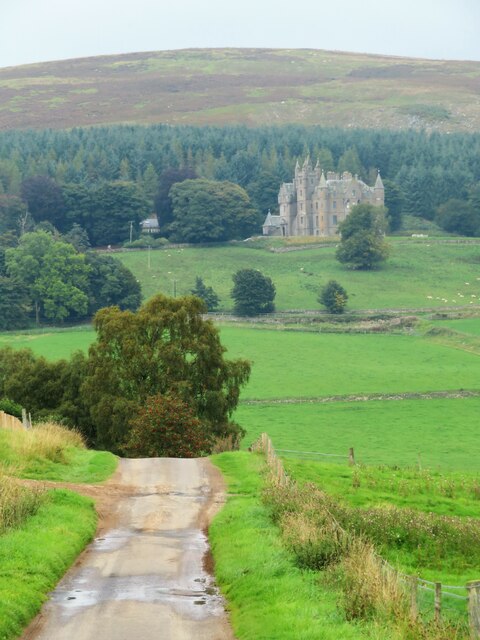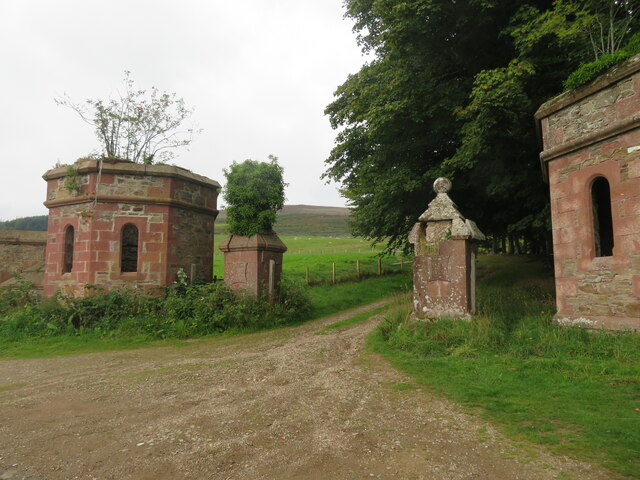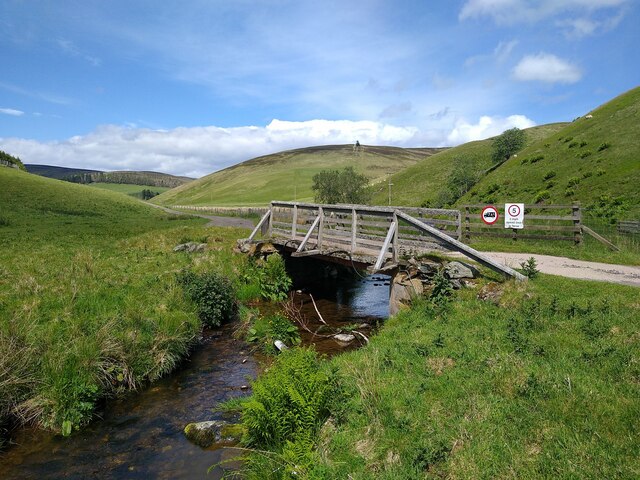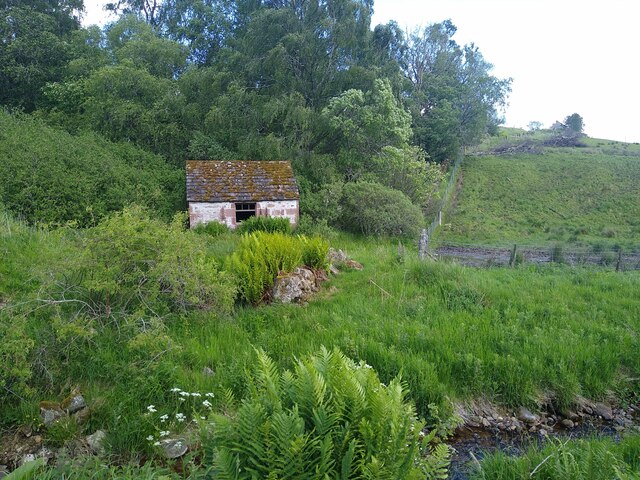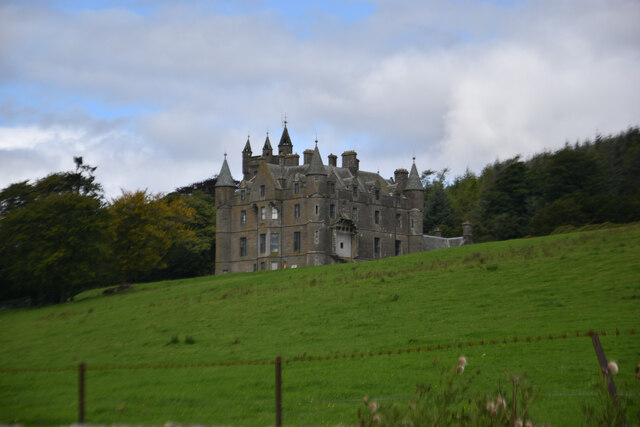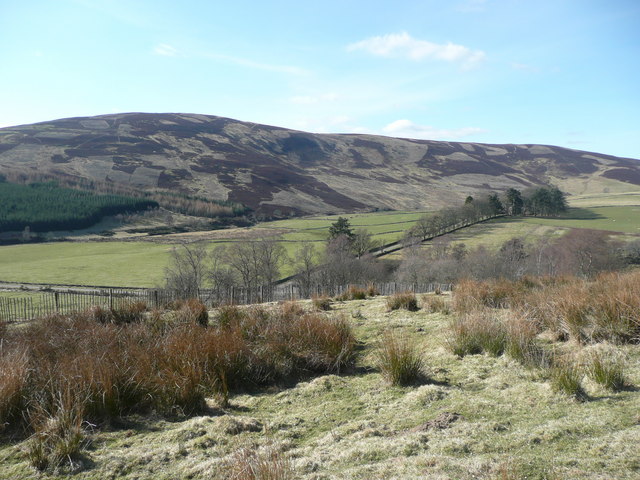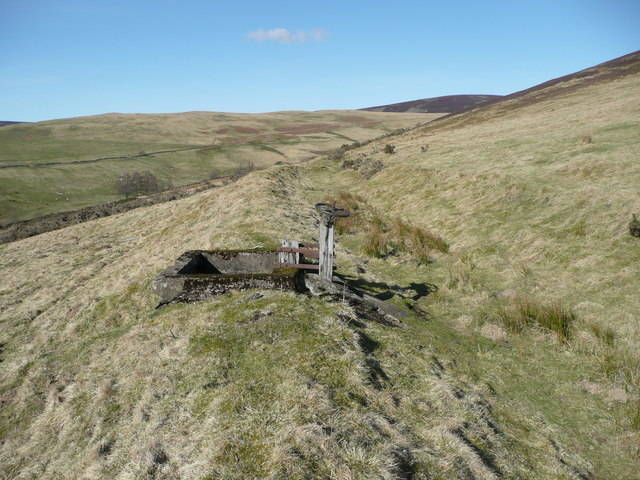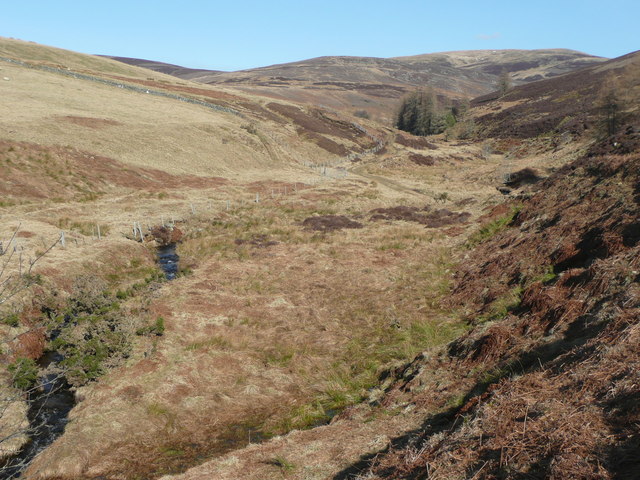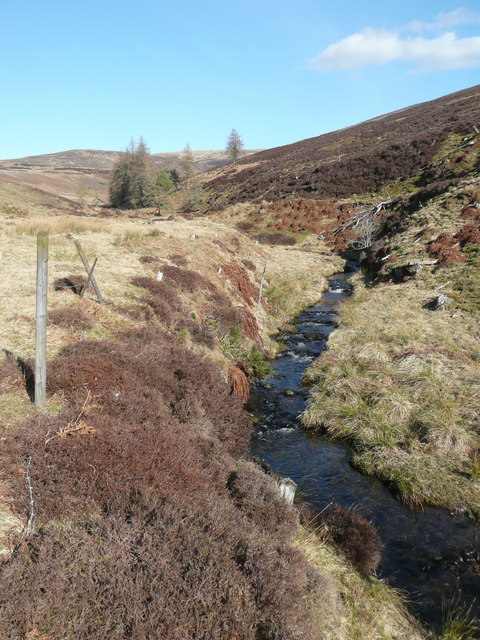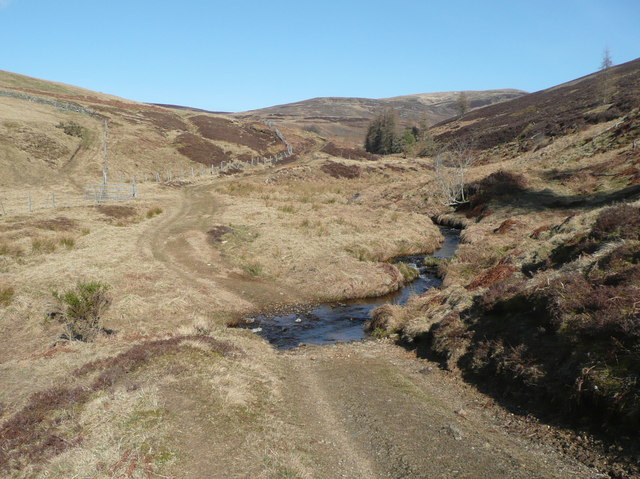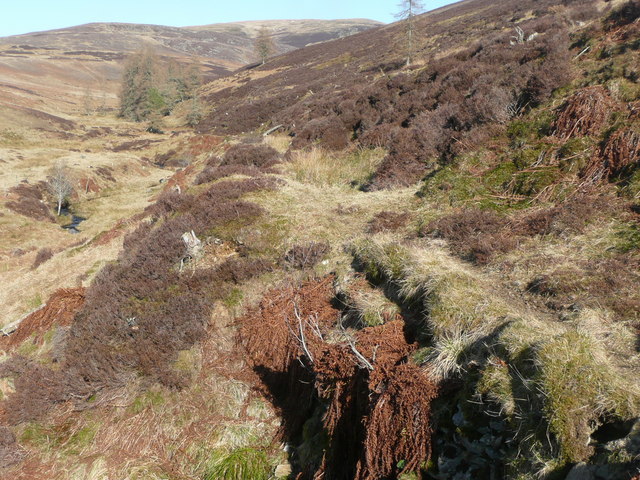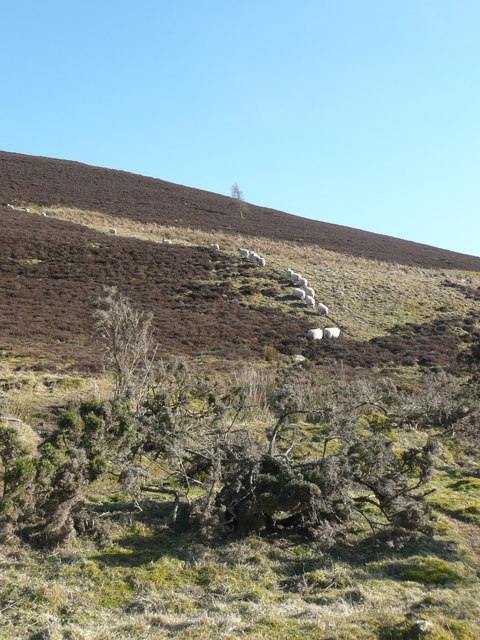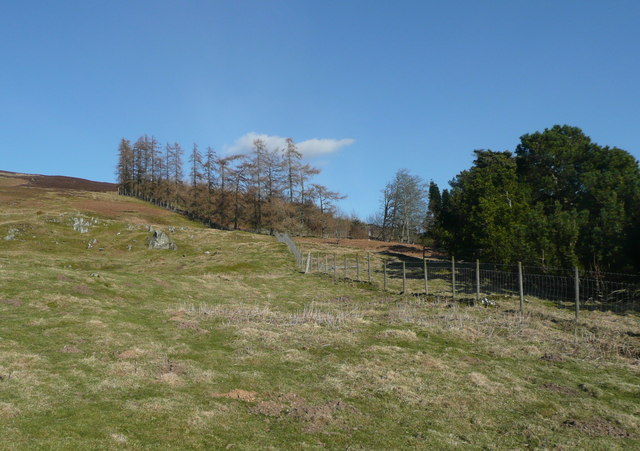Balintore
Settlement in Angus
Scotland
Balintore
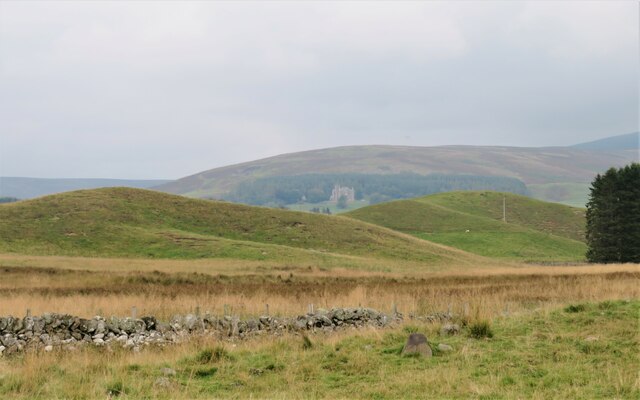
Balintore is a small village located in Angus, Scotland. Situated on the eastern coast of the country, Balintore is known for its picturesque views of the North Sea and its charming fishing heritage. The village has a population of around 300 residents and is part of the larger parish of Ferryden.
Balintore has a rich history dating back to the 19th century when it was a bustling fishing port. Today, the village still retains much of its traditional charm with quaint cottages, narrow streets, and a close-knit community. The local economy is still heavily reliant on fishing, with many residents working in the industry.
In addition to its fishing heritage, Balintore is also a popular destination for tourists looking to explore the beautiful coastline and enjoy outdoor activities such as hiking, birdwatching, and beachcombing. The village is also home to a few shops and restaurants, providing visitors with the opportunity to sample local cuisine and purchase unique souvenirs.
Overall, Balintore is a peaceful and idyllic village that offers a glimpse into Scotland's maritime past and provides a tranquil escape for both residents and visitors alike.
If you have any feedback on the listing, please let us know in the comments section below.
Balintore Images
Images are sourced within 2km of 56.717107/-3.1779274 or Grid Reference NO2859. Thanks to Geograph Open Source API. All images are credited.
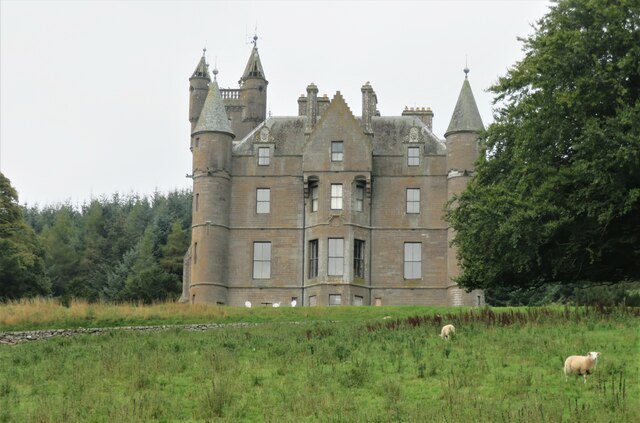
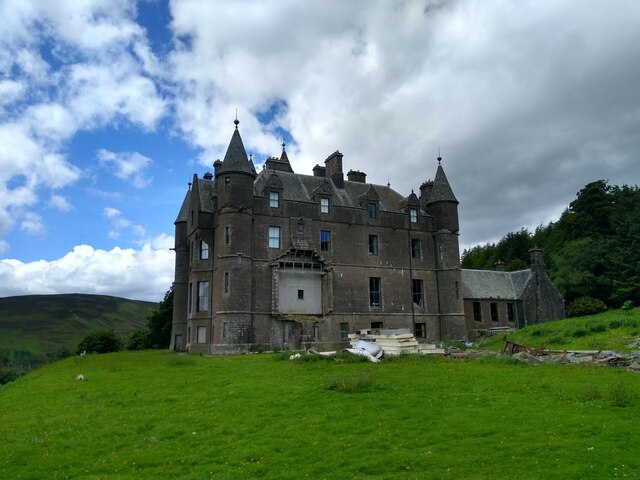
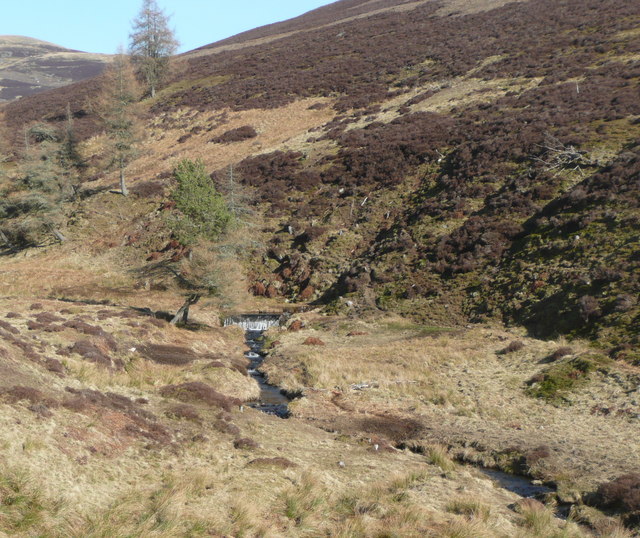
Balintore is located at Grid Ref: NO2859 (Lat: 56.717107, Lng: -3.1779274)
Unitary Authority: Angus
Police Authority: Tayside
What 3 Words
///renting.rollover.amazed. Near Alyth, Perth & Kinross
Nearby Locations
Related Wikis
Balintore, Angus
Balintore (Scottish Gaelic: Baile an Todhair) is a village in Angus, Scotland. It lies in Glen Isla, four miles north of the Loch of Lintrathen and seven...
Balintore Castle
Balintore Castle is a Victorian Category A listed building in Scotland. The castle occupies an elevated site in moorland above Balintore village, a few...
Backwater Reservoir
Backwater Reservoir is a reservoir in north west Angus, Scotland. The reservoir's sole purpose is to provide drinking water, and as such, it supplies Angus...
Loch of Lintrathen
Loch of Lintrathen is a man-made loch occupying a glacial basin at the southern end of Glen Isla, approximately 13 kilometres (8.1 mi) west of town of...
Have you been to Balintore?
Leave your review of Balintore below (or comments, questions and feedback).
